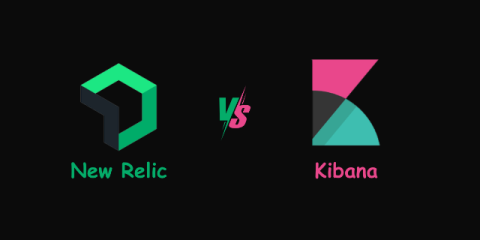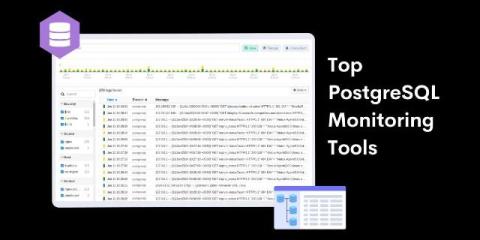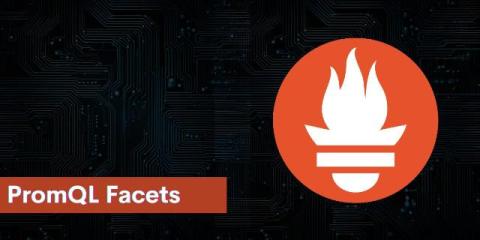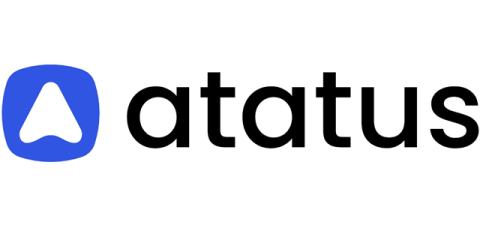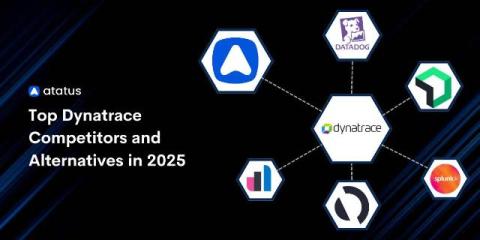ELK vs New Relic: Which Monitoring Tool Should You Choose in 2025?
Effective observability is crucial for maintaining system performance and reliability. ELK Stack and New Relic are two widely used solutions that offer distinct approaches to monitoring, tracing, and logging. This comparison will help you understand their core features, use cases, and strengths, enabling you to make a more informed decision on which tool best aligns with your organizational goals. Lets get started!



